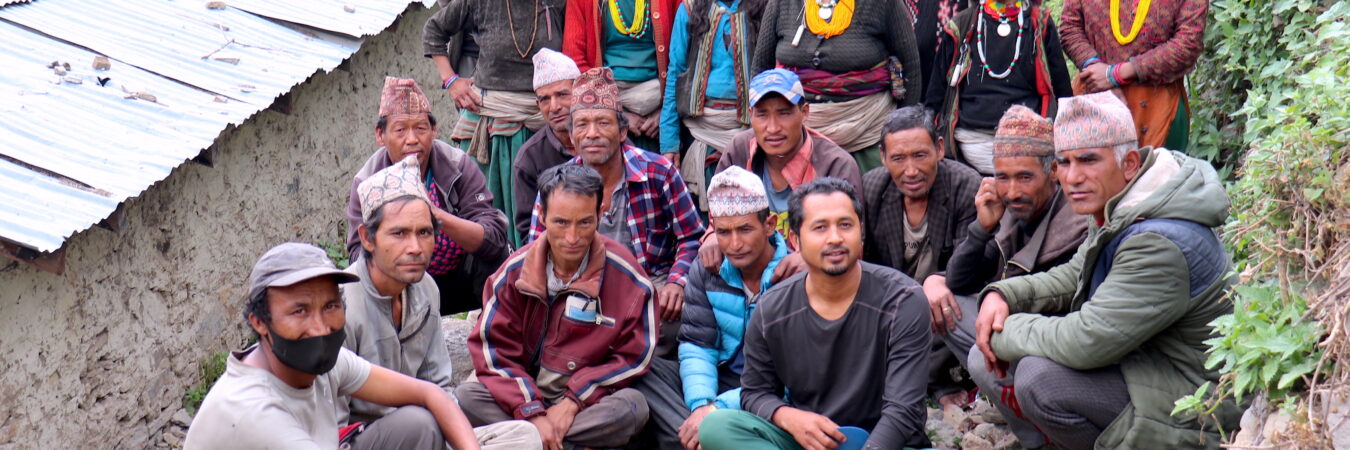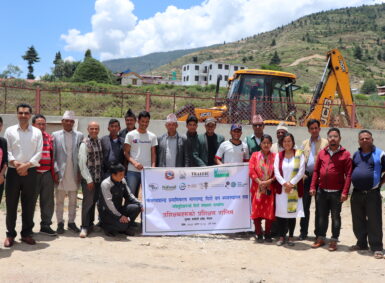
Himalayan plants for people: Sustainable trade for biodiversity and development
- Starting Date:
- July 1, 2021
- Ending Date:
- June 30, 2024
- Location:
- Jumla, Mugu, Humla, Bajhang and Darchula districts of Nepal
- Donor(s):
- UK Government through Darwin Initiative
- Implementation Partner(s):
- TRAFFIC, Ministry of Forests and Environment, Government of Nepal, FairWild, ProFound, University of Oxford, University of Copenhagen, Royal Botanic Garden Edinburgh
Nepal’s alpine Himalayan forests and rangelands are exceptional biodiversity hotspots. They are a source of more than 40 key non-timber forest products (NTFPs) harvested and traded internationally, providing critical contributions to the incomes of rural poor. These NTFPs, and associated high-altitude landscapes, face multiple threats of unsustainable harvesting, fire and uncontrolled grazing. Overharvesting is driven by increasing and diversifying international trade. The challenges of sustainable forest management include inadequate information on sustainable harvest volumes, lack of simplified procedures for high-altitude decentralized resource management, and an inadequate centralized approach to resource monitoring and trade regulation, leaving species vulnerable to excessive commercial harvesting and threatening rural household incomes and government revenues. In this context, this project builds on previously implemented “Succeeding with CITES: Sustainable and equitable Jatamansi trade from Nepal” project, and has scaled up altogether to five districts incorporating additional four high value mountain NTFPs.
This project aims to secure local incomes and healthcare, threatened by declining biodiversity and natural resource access, linked to overharvest of medicinal species in Nepal’s high Himalayas. The main objective of this project is effective conservation of high-value/conservation priority NTFPs in the Himalayan region through sustainable management and traceable, equitable trade, based on clear legal frameworks and sustainable use and trade approaches. The methodology includes:
- Sustainable management of NTFP species
- Extending community benefits from sustainable trade
- Sustainable supply chains
- Integrating NTFPs into Community Forestry, policies and trade
OUTPUTS
- Across 25,000 ha of biodiversity-rich and fragile mountain habitat, at least three species of high-value NTFPs (Kutki, Jatamansi and Himalayan Fritillary) managed sustainably by local communities.
- At least 5,000 (40% women) harvesters/processors across project five districts will benefit from reduced price fluctuations through longer-term trade agreements and an increased income of >5% from NTFPs.
- 20 producer enterprises (at least 200 beneficiaries) will be trained in FairWild, and at least 5 supply chains are in place, led by producers/exporters in Nepal, and ‘matched’ to manufacturers in consumer markets, based on sustainable production systems following FairWild Standard.
- Policies, legislation and strategies at federal, provincial and local levels incentivize and enable a long-term shift towards sustainable use and trade in NTFPs in Nepal.
IEC MATERIALS
PROJECT BROCHURE (ENGLISH VERSION)
NEWS
INTERACTION PROGRAM ON NEPAL’S CITED-LISTED PLANT SPECIES
ANSAB PRESENTS IN ‘ORIENTATION ON CITES LAW’ WORKSHOP
CITES POLICY REVIEW WORKSHOP

